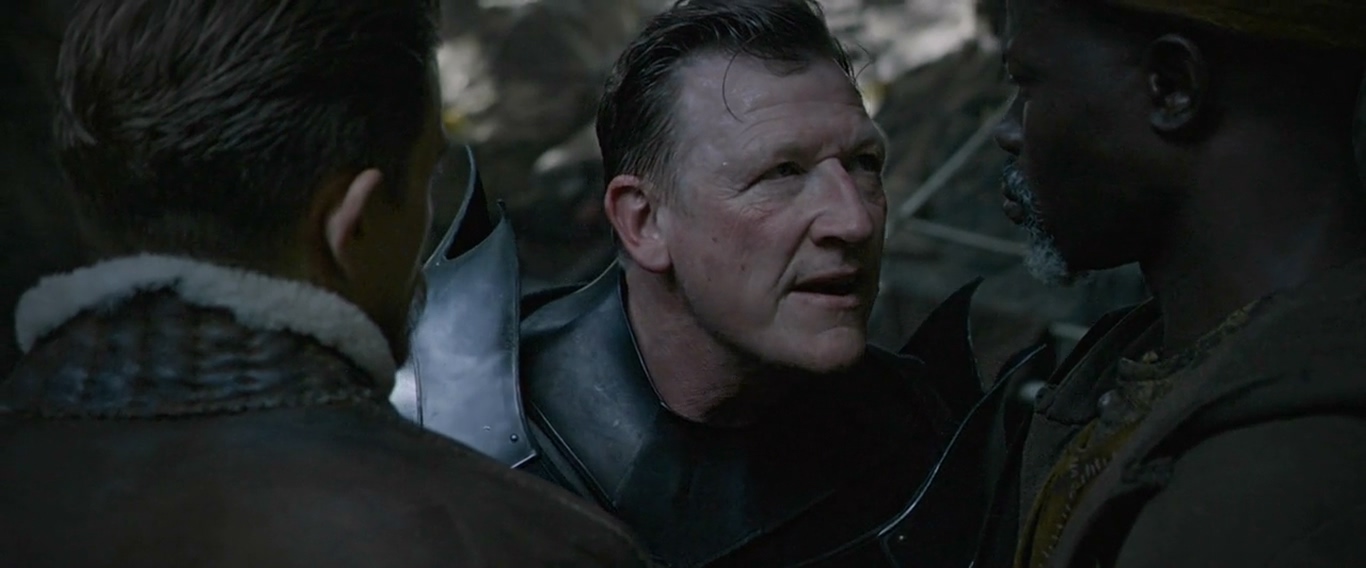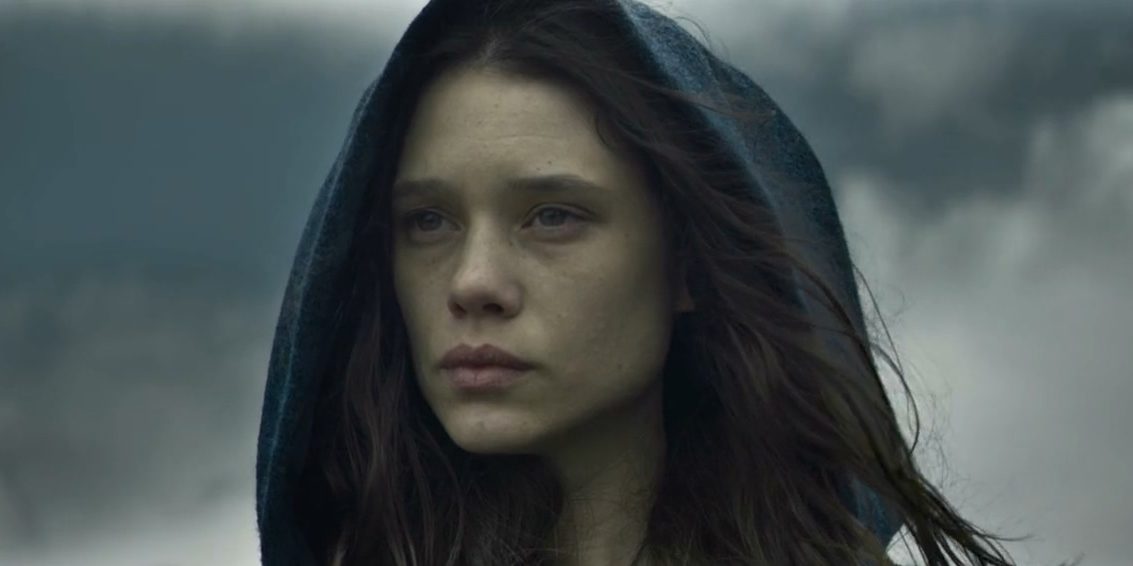Auteur director Guy Ritchie transports his audiences to the moors of a mythical medieval world in the 2017 epic fantasy drama movie ‘King Arthur: Legend of the Sword.’ The story entails the fabled return of King Uther’s son Arthur, who must yield the Excalibur — the magical sword of Merlin — and retrieve the kingdom from the evil King Vortigern. After Vortigern arranges a coup, baby Arthur is dispatched on a boat to be picked up by a band of prostitutes.
He becomes something of a street mafia in the city, unaware of his regal lineage. But when the times are trying, the hero must fulfill his destiny, while the quest makes him face his past. The movie is a slick and action-packed medieval tale updated for the twenty-first century. The stellar cast ensemble comprises Eric Bana, Charlie Hunnam, and Jude Law, bringing the highly stylized fantasy vision to life. However, you may wonder how much of the story is rooted in true-to-life events. If that is the case, let us run an investigation.
Is King Arthur: Legend of the Sword Based on a True Story?
No, ‘King Arthur: Legend of the Sword’ is not based on a true story. Heavily reliant on visual graphics, the movie is also entirely fictional. For the history enthusiasts, it would be imperative to know that the historical existence of King Arthur as such has long been debated in scholarly circles. And when he became the subject of folklore, his legend was morphed at will by the storytellers.

One of the first documented mention of Arthur was in ‘The Historia Brittonum,’ a 9th century Latin historical text sometimes attributed to Welsh cleric Nennius. Still, Arthur’s international popularity as an English folk icon is somewhat indebted to Geoffrey of Monmouth’s highly imaginative 12th-century account ‘Historia Regum Britanniae’ (‘History of the Kings of Britain’).
Arthur and the ‘Matter of Britain’ as a whole have been a promising subject in the cinematic medium as well. ‘The Adventures of Sir Galahad (1949),’ a film serial with the old ‘Superman’ famed George Reeves starring as Sir Galahad, was the first film adaptation of the folk legends. Let us fast forward to the year 2004. 2004 marked the release of Antoine Fuqua’s ‘King Arthur’ with Clive Owen in the lead role. Following the lackluster success of the movie, Warner Brothers wanted to make another film with the Arthurian Legends in mind. One was a remake of John Boorman’s 1981 epic action-adventure ‘Excalibur,’ with Bryan Singer at the director’s chair.
The other was a movie initially named ‘Arthur & Lancelot.’ The second movie would have Kit Harington and Joel Kinnaman playing the role of Arthur and Lancelot, respectively. Warner Brothers thought that the names were not significant enough to draw attention, and they toyed with the idea of Colin Farrell as King Arthur and Gary Oldman as Merlin. That version was not made either. Meanwhile, Joby Harold made an early draft of the script based on a story by Harold and Dobkin. However, the final screenplay changed quite drastically in the end, and in the movie, these two are only credited with the story. Producer Lionel Wigram rewrote the script at length, and in the film, he is credited as the co-writer, as is Guy Ritchie.
Guy Ritchie, a director, otherwise known for his subculture-driven action thrillers, thought of fantasy as a daunting genre as he had never done it before. He conceived it as a six-part long franchise till the movie bombed the box office. The film was initially pitched to the studio and actors as something of ‘The Lord of the Rings’ meeting Ritchie’s own ‘Snatch,’ which did the job for most of the actors. It certainly did the job for Charlie Hunnam, who was eager enough to fight his audition-mates for the role.
Ritchie wanted to bring Arthur down to the realm of a mortal while retaining the fantasy essence of the story – an idea that he got from Boorman’s ‘Excalibur’ – and it is one he executed perfectly well in the movie. He was also inspired by ‘Game of Thrones,’ but the veteran director wanted the film to be his own. He made several cuts — a three-hour-long cut and two hours and twenty minutes extended version – but he finally went for the one-hour and fifty-minute long take. It brought out the “voice and rhythm,” the director noted. The CGI took more than a year to perfect, and that shows in the movie. In the end, it may fail to create the magic, but the epic structure of the story lends it a firm place in culture since it is one told time and again.
Read More: Who is King Arthur? Was He A Real Person?


You must be logged in to post a comment.